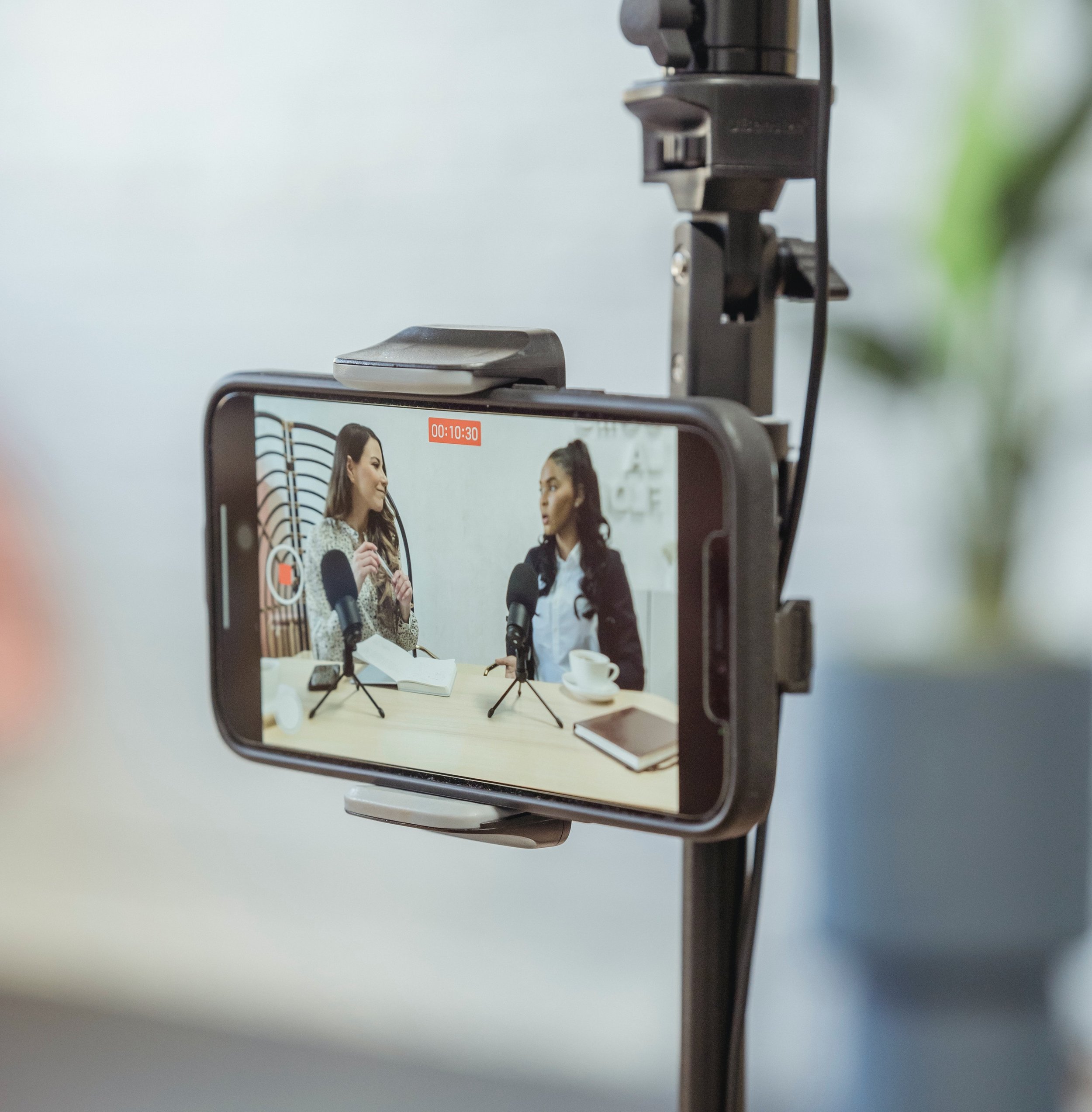3 Key Tips for Remote Video Production
Remote video production is all the rage these days – especially after Covid-19 forced marketers to take a new look at their content creation strategies.
It’s affordable (no travel, logistics, or expensive crews), scalable (everyone has a smartphone these days, most of which are capable of producing stunning videos), and authentic. And now that everyone has seen its advantages, it’s a go-to strategy that’s not going anywhere.
But executing remote productions normally means relying on your staff, colleagues, and peers. There’s often no trained camera operator to call on. So you’ve got to start from the beginning, taking care to teach and direct your filmers at every step and getting comfortable with relinquishing some element of control (because when you’re relying on others’ gear, connections, and skills, not everything is always going to sail smoothly!).
Here are three essential remote video production tips to help you get the most out of your next production.
1. Make Sure Everyone Involved Understands Their Equipment
Getting a grip of the basics is first up because it’s by far the most important. It doesn’t matter whether you’re using a high-end camera or a smartphone: the basics always apply. When it comes to smartphones, your filmers need to focus on battery life, storage, WiFi connections, and any filming limitations (i.e. low light performance). Why not give them a simple checklist to follow before they start shooting?
Is the battery fully charged? It’s pretty simple. No juice means no film. Filming eats up battery like crazy, so start with a fully charged phone and have a charger on hand ready to bring you back to life.
Do they have a power pack? If you’re shooting outdoors, you need to know you can get your phone back up and running when the battery’s done. With no plugs available, make sure you’ve packed a portable power pack.
Do they have enough storage space? Consider the quantity and length of the shots they’re going to make. Videos need a lot of space, so make sure they check their phone’s capacity.
Can they hook up to a reliable WiFi connection? If they don’t have access to 5G, they’re going to need an internet connection to upload their shots. Even if everything else has gone well, this could still bring down your whole project. It’s critical they know where they can connect and upload.
2. Consider What You’re Filming
When it comes to remote productions, so many factors are not in the filmmaker's control. Preparing in advance and guiding your people through any potential snags is an investment worth making.
Pay particular attention to the length of clips your filmers are making, because shorter clips = faster uploads. Encouraging your filmers to produce shorter takes (i.e. break files more frequently) avoids lengthy upload times. A two-minute 4K video, for example, is better broken down into four 30-second shots if possible.
Remember, remote productions don’t work without the footage being uploaded to the cloud – so reliable internet connections are essential.
3. Know Your Filmers and Their Motivations
When you don’t have a professional crew on hand to shoot your remote production, you’ve got to get the most out of the people who are behind the camera.
Knowing their personalities and what makes them tick is a huge deal. If you can forge that bond and get them to like you, and create a feeling of this being fun and not a lengthy ordeal, you’re that much closer to successfully getting the content that you need. Successful onboarding processes do the heavy lifting here. Provide instructions and background details for your project in lively, easy-to-understand language and build excitement among your filmers.
Remember, remote production didn’t go away once the lockdown ended. It’s now a go-to strategy for film production all over the world. But if you embrace these three tips, you’ll go a long way to success. Good luck!




